Desserts tell stories about cultures around the world, from comforting classics to bold creations that challenge your taste buds. Some sweet treats welcome you with familiar flavors and textures that feel like a warm hug. Others dare you to step outside your comfort zone with unexpected ingredients or preparation methods that might make you think twice before taking a bite.
1. Tiramisu: Italy’s Coffee-Soaked Dream
Coffee-soaked ladyfingers layered with creamy mascarpone create the magic of tiramisu, Italy’s most beloved export. The contrast between the soft, soaked cookies and the rich cheese mixture offers a textural adventure in every spoonful.
The name literally means “pick me up” in Italian, referring to the energizing effects of the espresso and sugar. Each region in Italy claims its own variation, but the classic recipe balances bitter coffee notes with sweet mascarpone and a dusting of cocoa.
Served chilled but never frozen, this dessert develops deeper flavors when allowed to rest overnight. The beauty of tiramisu lies in its elegant simplicity – just a few quality ingredients transformed into something extraordinary.
2. Pasteis de Nata: Portugal’s Golden Custard Jewels
Golden-topped and nestled in flaky pastry shells, pasteis de nata emerged from Portuguese monasteries centuries ago. The crisp, buttery exterior shatters delightfully against your teeth before revealing the silky custard center with notes of lemon, cinnamon, and vanilla.
Monks at the Jerónimos Monastery in Lisbon created these treats in the 18th century, using egg yolks left over from starching religious garments with egg whites. The secret recipe remained within monastery walls until its closure in 1834, when it was sold to a nearby sugar refinery.
Today, lines form daily outside Pastéis de Belém in Lisbon, where bakers still use the original recipe. Served warm with a sprinkle of cinnamon and powdered sugar, these tarts represent Portuguese culinary genius.
3. Mango Sticky Rice: Thailand’s Tropical Symphony
Sunshine captured in a dessert – that’s mango sticky rice, Thailand’s perfect marriage of sweet glutinous rice and perfectly ripe mango slices. The rice, cooked in coconut milk until tender yet chewy, absorbs the rich tropical flavor while maintaining its distinctive texture.
Street vendors throughout Thailand prepare this dessert with practiced hands, steaming the short-grain rice before dousing it with sweetened coconut milk. The best versions feature alphonso or nam dok mai mangoes, prized for their intense sweetness and smooth, fiber-free flesh.
A final drizzle of salted coconut cream and a sprinkle of toasted mung beans or sesame seeds adds the perfect contrast. Unlike heavy Western desserts, this refreshing treat satisfies without overwhelming, making it ideal for hot tropical evenings.
4. Tres Leches Cake: Mexico’s Milky Marvel
Sponge cake transformed by a magical bath of three milks creates the wonder that is tres leches. The cake somehow maintains its structure while becoming gloriously saturated with evaporated milk, condensed milk, and heavy cream.
Originally popularized throughout Latin America, this cake likely evolved from European soaked-cake traditions brought to the New World. The genius lies in the cake’s structure – it’s baked with whipped egg whites that create air pockets perfect for absorbing the milk mixture without collapsing.
Fresh whipped cream crowns the top, often with a sprinkle of cinnamon or fresh fruit. Each forkful delivers an impossibly moist bite that’s rich yet surprisingly light. The cake improves with time as the milks fully penetrate the sponge, making it a perfect make-ahead dessert for celebrations.
5. French Macarons: Pastel Perfection from Paris
Colorful little clouds with crisp shells and chewy centers – French macarons represent the pinnacle of pastry precision. These delicate almond meringue sandwiches require technical mastery, with success depending on everything from egg white temperature to humidity levels.
Contrary to popular belief, macarons originated in Italy, not France. Catherine de Medici’s Italian chefs brought them to France in the 1500s, but it wasn’t until the 1900s that Parisian bakers created the filled sandwich version we know today.
The perfect macaron features a smooth, domed top with the distinctive “foot” (frilly edge) at its base. Fillings range from traditional buttercream and ganache to innovative combinations like lavender-honey or rose-lychee. Despite their delicate appearance, properly made macarons develop even better flavor after a day in the refrigerator.
1. Durian Ice Cream: Southeast Asia’s Forbidden Fruit Frozen
Banned in hotels and public transportation throughout Southeast Asia, durian’s infamous aroma transforms into something strangely compelling when frozen into ice cream. The custard-like flesh of this spiky fruit delivers complex flavors reminiscent of caramelized onions, vanilla custard, and almonds – all in one confusing bite.
Durian enthusiasts describe the experience as eating sweet vanilla pudding in a public restroom. Yet millions consider it the undisputed king of fruits, worth enduring the smell for its uniquely creamy texture and flavor that lingers on your palate.
The ice cream version somewhat tames the fruit’s aggressive qualities while preserving its distinctive character. First-timers often experience a rollercoaster of reactions: initial disgust, followed by curiosity, then either addiction or firm rejection. No middle ground exists with durian – you’ll either book a return flight to Asia for more or vow never to approach it again.
2. Salmiakki Ice Cream: Finland’s Salty Licorice Challenge
Black as midnight and twice as mysterious, salmiakki ice cream delivers a flavor punch that leaves most non-Finns gasping. This Finnish favorite combines sweet cream with ammonium chloride and licorice, creating a dessert that’s simultaneously salty, sweet, and vaguely medicinal.
Children throughout Nordic countries grow up loving salmiakki candy, developing a palate for its complex flavor profile. The ice cream version amplifies these qualities, presenting a dark gray or black frozen treat that looks as intimidating as it tastes.
First-time tasters often describe the experience as licking a battery while chewing licorice – an acquired taste in the truest sense. Yet this unusual dessert represents cultural identity for Finns, who consume more salmiakki per capita than any other nation. The combination of cold creaminess with intense salmiakki creates a sensory experience that divides humanity into two camps: devoted fans and horrified opponents.
3. Black Sesame Soup: China’s Midnight Dessert Bowl
Resembling a bowl of warm tar, black sesame soup challenges Western notions of what dessert should look like. This traditional Chinese sweet combines ground black sesame seeds with rice flour and sugar, creating a thick, warm pudding celebrated for its intense nutty flavor and supposed health benefits.
Dating back centuries in Chinese medicine, black sesame is believed to nourish the liver and kidneys while preventing premature graying. The soup’s unusual appearance – pitch black and slightly grainy – belies its comforting taste, similar to peanut butter but with more complexity.
Served hot in winter and sometimes chilled in summer, the texture ranges from silky smooth to slightly granular depending on preparation method. First-timers might struggle with the mental disconnect between the intimidating appearance and the surprisingly approachable flavor – a perfect example of how visual expectations influence our taste experience.
4. Wasabi Chocolate: Japan’s Sweet Heat Experiment
Chocolate meets fiery wasabi in this daring Japanese fusion that sends your taste buds on a rollercoaster ride. The initial chocolate sweetness gives way to a building heat that climbs up through your sinuses in the signature wasabi style.
Japanese chocolatiers created this unusual pairing as part of their tradition of seasonal and experimental flavors. The best versions use high-quality dark chocolate that complements the clean, green heat of real wasabi root – not the dyed horseradish paste commonly served with sushi outside Japan.
The experience changes as the chocolate melts, releasing wasabi oils that intensify the sensation. Unlike chili-chocolate combinations that burn the tongue, wasabi chocolate creates a more ephemeral heat that appears and disappears mysteriously. This treat exemplifies Japan’s culinary philosophy of balance – finding harmony between opposing sensations in one carefully crafted bite.
5. Blood Pancakes: Scandinavia’s Crimson Comfort Food
Dark, dense, and ironically sweet, blood pancakes (veriohukainen in Finnish or blodplättar in Swedish) transform pig’s blood into a dessert that’s both nutritious and deeply divisive. These deeply hued pancakes feature a mineral-rich flavor profile somewhere between savory and sweet.
Historically born from necessity and respect for using the entire animal, blood pancakes remain popular in rural areas where traditional butchering practices continue. The blood is mixed with flour, molasses or sugar, and milk to create a batter that cooks up remarkably similar to chocolate pancakes – until you take a bite.
Served with lingonberry jam and sometimes a dollop of sour cream, the bright berry acidity cuts through the iron-rich intensity. For Scandinavians, these pancakes represent cultural heritage and resourcefulness; for outsiders, they often represent a culinary courage test. Their designation as dessert rather than main course particularly challenges Western categorizations of sweet versus savory.


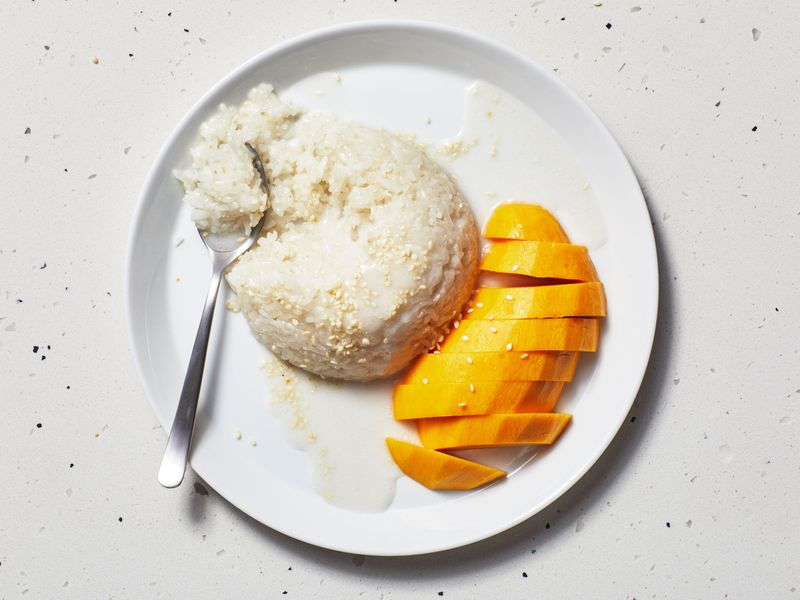


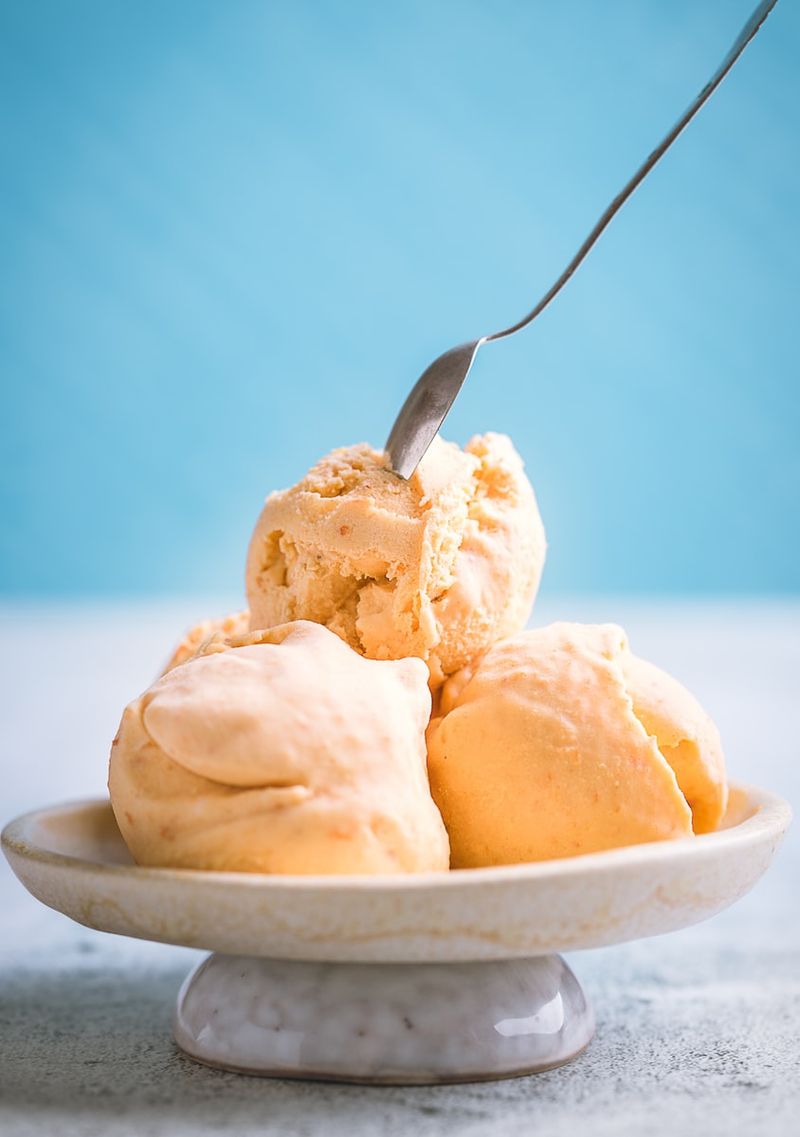
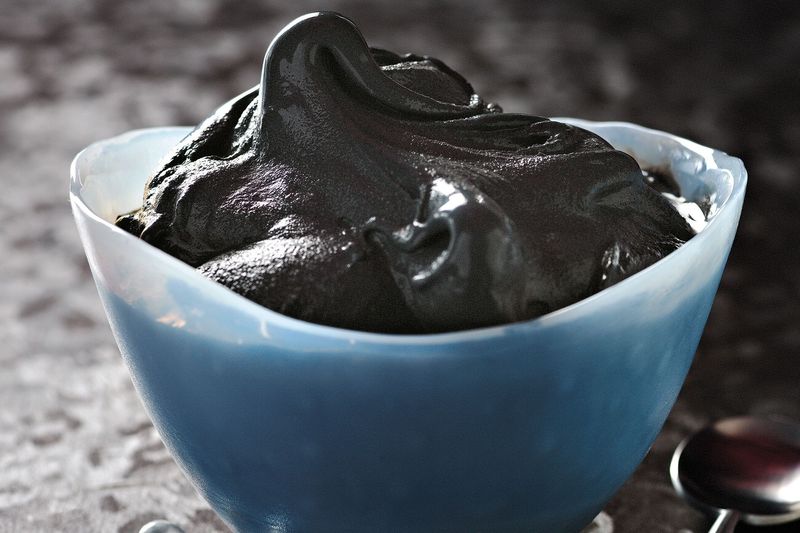
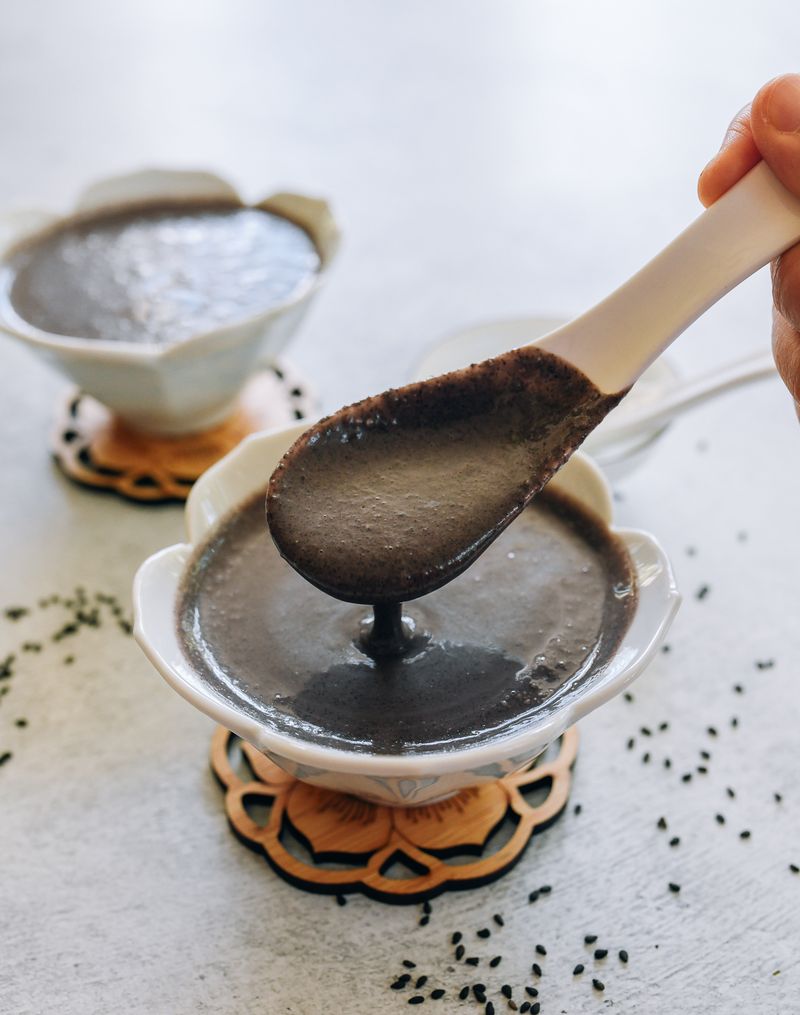
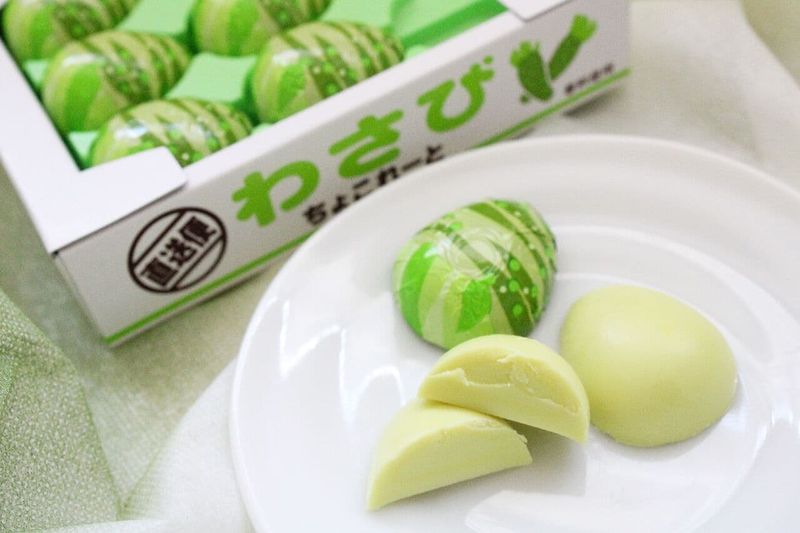

Leave a comment